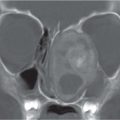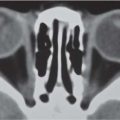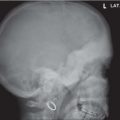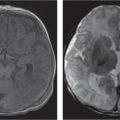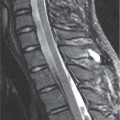The Temporal Bone: Syndromes Associated With Ear Anomalies
A large number of syndromes are associated with ear anomalies, with different importance. The list is too long to repeat here. An overview is provided by Lachman and Taybi. The most important syndromes are listed in Table 4.57 .
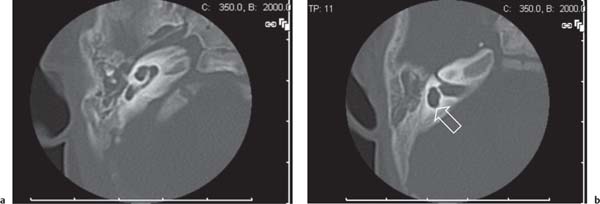
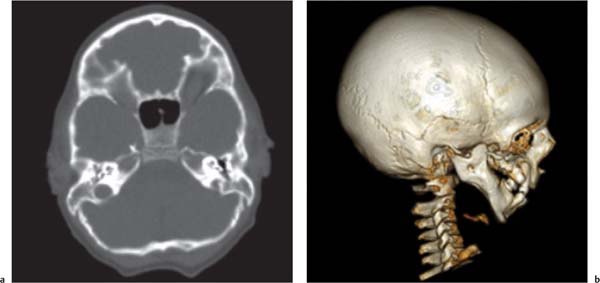
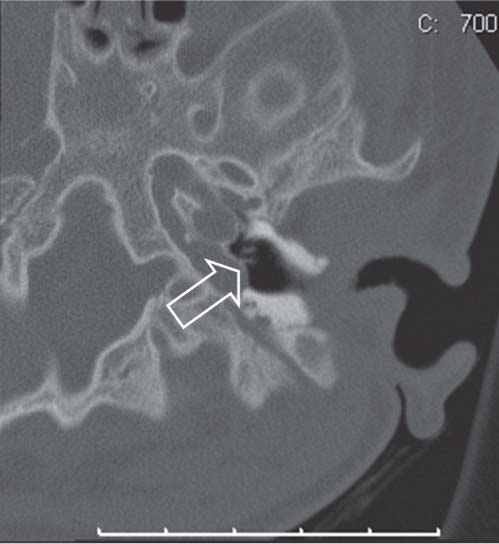
Conductive Hearing Loss
Conductive hearing loss can have a multitude of causes. Blockage of the external ear canal is visible for the otolanryngologist, although the medial extension of lesions can be obscured. Exostoses are often multiple, and osteomas are often single.
Many middle ear anomalies cause conductive hearing loss. Fluid in the middle ear can be serous, glue, pus, or blood. Ossicular chain disruption can be traumatic or iatrogenic. Erosion of the ossicles can be caused by cholesteatoma but also by chronic otitis media. Otosclerosis can lead to fixation of the foot plate of the stapes or impingement of a bony spur of the fissula ante fenestram on the ossicular chain. Middle ear masses can cause immobilization of the ossicles.
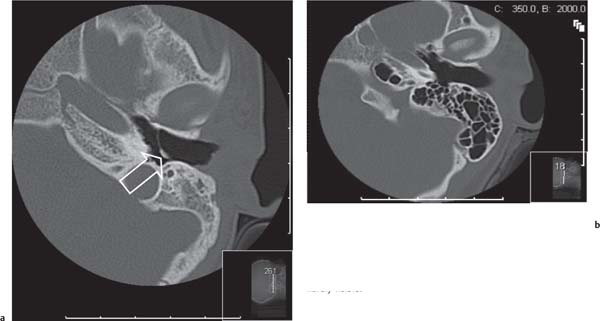
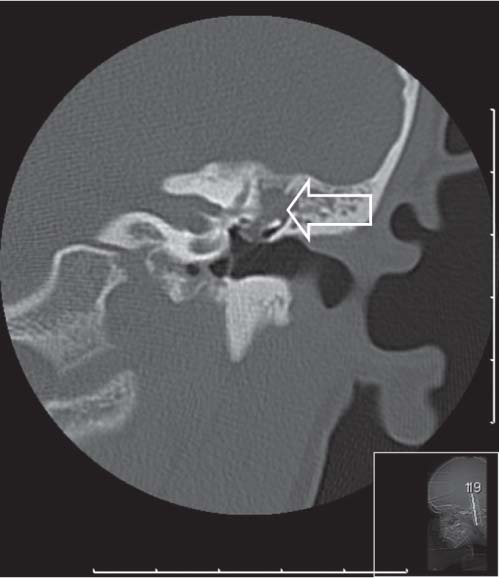

Stay updated, free articles. Join our Telegram channel

Full access? Get Clinical Tree


